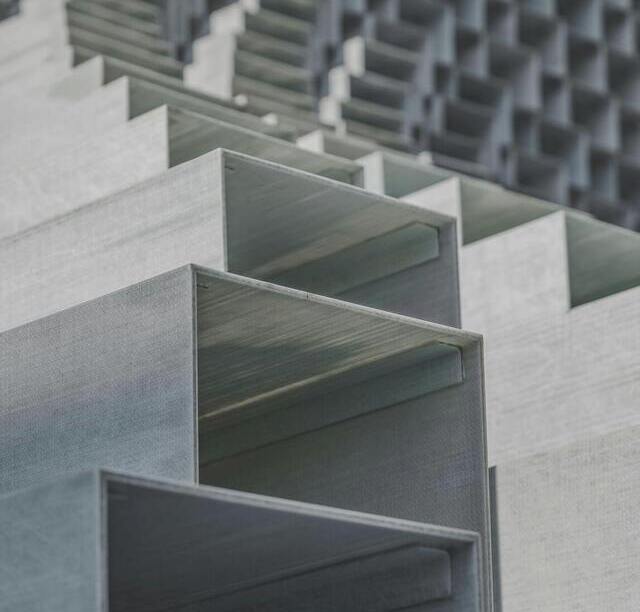Celebrating 65 years of Ayoubi Steel!
Types of Steel for Industrial Racking

Steel is a fundamental material utilized in numerous everyday applications, including trains, ships, automobiles, electrical devices, and furniture. In the context of industrial racking, it serves as the primary raw material. Steel possesses numerous advantageous properties, such as durability, malleability, and adaptability.
Types of Steel
Steel is an alloy of iron that contains varying amounts of carbon. While it retains the metallic properties of iron, the addition of carbon and other elements significantly enhances its characteristics.
In addition to carbon, steel may incorporate other alloying elements like manganese, chromium, nickel, and silicon. The specific combination and proportions of these elements can alter the properties of steel, affecting attributes such as hardness, resistance to corrosion, and hardenability.
The World Steel Association reports that there are over 3,500 distinct grades of steel. Steel can be categorized into two main types: carbon steel and alloy steel.
Carbon Steel
This type accounts for approximately 90% of the steel produced in manufacturing facilities. It encompasses steel used in both civil and mechanical construction.
Alloy Steel
Alloy steel refers to steel that contains elements beyond carbon, typically including manganese, nickel, chromium, and boron. Furthermore, alloy steel can be subdivided into various subcategories, as outlined below:
- Corten Steel: This alloy comprises copper, chromium, phosphorus, and nickel, resulting in a steel type that exhibits exceptional resistance to oxidation. It is predominantly utilized within the cement industry.
- Corrugated Steel: This material is produced by rolling steel into bar form, consisting primarily of iron and carbon. Its corrugated surface features projections that enhance its adhesion to concrete, making it a vital component in the construction of reinforced concrete structures.
- Stainless Steel: Composed of iron, carbon, and chromium, stainless steel may also include additional elements depending on the specific alloy. It is renowned for its high corrosion resistance, durability, and a wide range of everyday applications.
- Weathered Steel: This type of structural steel is designed to withstand atmospheric corrosion more effectively than standard carbon-manganese steels. It possesses high strength and low alloy content, forming a protective oxide layer when exposed to moisture and rain.
- Galvanized Steel: This steel variant is characterized by a zinc coating that enhances its resistance to corrosion and provides a more durable finish. It is extensively employed in industrial racking and various sectors, including automotive and construction.
Properties of Galvanized Steel
Galvanized steel exhibits the following characteristics:
- Strength: The zinc coating on galvanized steel offers significant resistance to shock and abrasion, making it less susceptible to oxidation and environmental degradation.
- Durability: Galvanized steel boasts a longer lifespan compared to uncoated steel.
- Low Maintenance Cost: The maintenance expenses associated with galvanized steel are lower than those of systems that rely solely on paint finishes.
- Sustainability: Galvanized steel is highly recyclable, and its extended lifespan reduces the need for frequent repairs or replacements.
- Versatility: This material is adaptable, allowing for paint finishes, and galvanized structures can also be welded.
